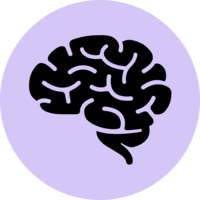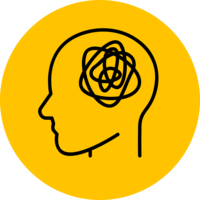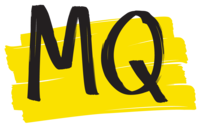Mapping the Genotype, Phenotype, and Natural History of Phelan-McDermid Syndrome
This is a multi-site, observational study evaluating the phenotype and natural history of Phelan-McDermid Syndrome (PMS). The study recruited individuals aged 3 to 21 years with PMS who had pathogenic deletions or mutations of the SHANK3 gene at the time of enrollment, as well as healthy age-matched controls, from the United States of America. Data have been collected since 2013, and participants are assessed at three visits over a period of two to three years. Data are also collected from participants' family members.
Study design
Cohort, Cohort - clinical
Number of participants at first data collection
205 (participants)
Age at first data collection
3 - 21 years (participants)
Participant year of birth
Varied (participants)
Participant sex
All
Representative sample at baseline?
No
Sample features
Country
Year of first data collection
2013
Primary Institutions
Children's Hospital Boston (now known as Boston Children's Hospital)
Icahn School of Medicine at Mount Sinai (ISMMS)
National Institutes of Health (NIH)
Rush University Medical Center (Rush)
Stanford University
Profile paper DOI
Funders
Eunice Kennedy Shriver National Institute of Child Health and Human Development (NICHD)
National Center for Advancing Translational Sciences (NCATS)
National Institute of Mental Health (NIMH)
National Institute of Neurological Disorders and Stroke (NINDS)
Ongoing?
Yes
Data types collected



- Audio or visual recordings (e.g. of child behaviour, facial expressions)
- Computer, paper or task testing (e.g. cognitive testing, theory of mind doll task, attention computer tasks)
- Interview – face-to-face
- Physical or biological assessment (e.g. blood, saliva, gait, grip strength, anthropometry)
- Secondary data
- None
- Diffusion Tensor Imaging (DTI)
- Electroencephalography (EEG)
- Magnetic Resonance Imaging (MRI)
- Healthcare data
Engagement
Keywords
Consortia and dataset groups



